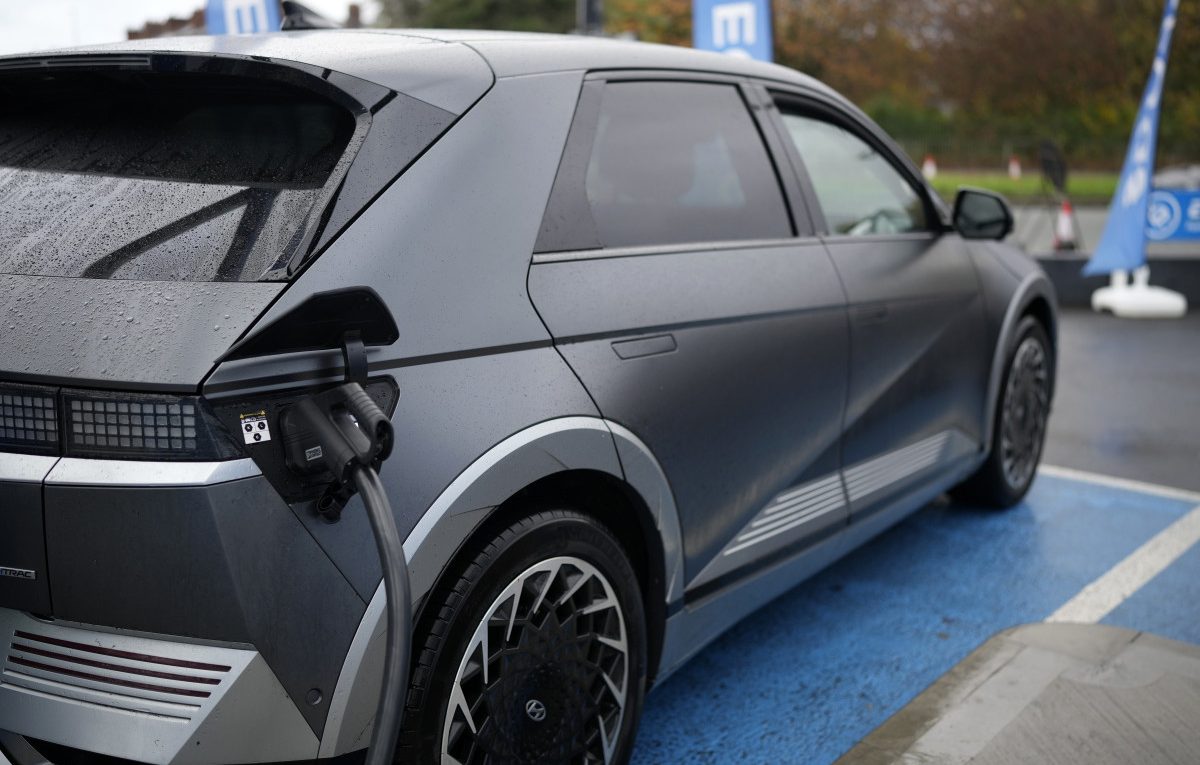The European Union’s Path to Decarbonization: Challenges and Opportunities for Spain
In February of this year, the European Parliament reached a significant milestone on the path toward decarbonizing its economy by setting 2035 as the deadline for the sale of combustion engine cars and vans within its borders. This decision is a pivotal moment in the EU’s global energy transition strategy, known as Fit for 55, as it not only marks the end of an era but also sets intermediate and unavoidable adaptation objectives for both industry and society.
Two years prior to the approval of this regulation, the Spanish government expressed its intention to have a fleet of 250,000 electric vehicles by 2023. Today, not only has that figure been surpassed and requires updating, but it also pales in comparison to the records set by other European countries. In 2022 alone, Germany registered one million pure electric cars, referring to those solely powered by batteries without the need for fossil fuels. In Spain, that same year, only 36,452 electric cars were registered.
Spain faces unique challenges: its lower purchasing power limits the ability to buy electric cars, it lacks charging infrastructure, and there is a greater preference for hybrid vehicles, despite the fact that they too will be phased out of registrations by 2035. These are just three examples, but Spain has yet to experience the electric car boom seen in other EU countries, even as it urges manufacturers to invest in its factories to produce them, fully aware that there is no alternative future.
Government Incentives and Challenges
The government is allocating significant resources as incentives for electric vehicle adoption. This includes nearly 3 billion euros for the automotive industry reconversion and 1.2 billion euros from European funds earmarked for the Moves III program. Moves III finances the acquisition of electrified vehicles (electric and plug-in hybrids) as well as charging points. However, this subsidy system has come under scrutiny for its slow allocation process, with two-thirds of the prepared subsidies still not reaching electric vehicle buyers. This slow process only fuels the perception that electric vehicles are only accessible to a segment of the population above average income, capable of waiting for a subsidy that can reach up to 7,000 euros. For those unable to wait for such discounts, there is no alternative but to continue with gasoline vehicles. This process ultimately perpetuates market discrimination, as electric cars currently cost up to 30% more than combustion engine vehicles.
Economic Impact and Market Dynamics
The transition to electric vehicles not only impacts the automotive industry but also has broader economic implications. Spain’s automotive sector is a significant contributor to its economy, and the shift toward electric vehicles necessitates adaptation and restructuring. This transition could lead to job displacement in traditional automotive manufacturing while creating opportunities in emerging sectors such as electric vehicle production and renewable energy.
Moreover, market dynamics play a crucial role in shaping consumer behavior and industry response. Factors such as consumer preferences, technological advancements, and government policies influence the adoption and production of electric vehicles. Understanding these dynamics is essential for devising effective strategies to accelerate the transition to electric mobility.
Consumer Perceptions and Behavior
Consumer perceptions and behavior toward electric vehicles are influenced by various factors, including affordability, range anxiety, charging infrastructure, and environmental concerns. Addressing these concerns requires a multi-faceted approach that involves improving affordability, expanding charging infrastructure, increasing awareness, and incentivizing adoption.
One of the primary barriers to electric vehicle adoption is affordability. Electric vehicles tend to have higher upfront costs compared to internal combustion engine vehicles, primarily due to the cost of batteries. While operating and maintenance costs are lower for electric vehicles, the higher initial investment presents a significant barrier for many consumers, particularly those with lower purchasing power.
Infrastructure Challenges and Solutions
Another challenge is the availability and accessibility of charging infrastructure. Range anxiety, or the fear of running out of battery charge while driving, is a significant concern for prospective electric vehicle buyers. Addressing range anxiety requires a comprehensive charging infrastructure that provides sufficient coverage and convenience for electric vehicle owners.
Policy and Regulatory Framework
Government policies and regulations play a critical role in shaping the transition to electric mobility. Policy measures such as subsidies, tax incentives, and emission standards can incentivize electric vehicle adoption and drive market growth. Additionally, regulations regarding vehicle emissions and fuel efficiency standards can influence the production and sale of electric vehicles.
Industry Perspectives and Challenges
From the perspective of the automotive industry, the transition to electric mobility presents both challenges and opportunities. Automakers must invest in research and development to improve battery technology, reduce production costs, and increase vehicle range. Additionally, the shift toward electric vehicles requires significant investments in manufacturing facilities, supply chains, and workforce training.
Environmental Benefits and Considerations
One of the primary motivations for transitioning to electric mobility is the environmental benefits it offers. Electric vehicles produce zero tailpipe emissions, reducing air pollution and greenhouse gas emissions. However, the environmental benefits of electric vehicles depend on factors such as the source of electricity generation and the lifecycle emissions associated with battery production.
Conclusion
In conclusion, Spain faces significant challenges in accelerating the transition to electric mobility, including affordability, charging infrastructure, consumer perceptions, and regulatory barriers. Addressing these challenges requires a coordinated effort from government, industry, and civil society to overcome barriers and seize the opportunities presented by electric mobility. By investing in infrastructure, incentivizing adoption, and fostering innovation, Spain can position itself as a leader in the transition to a sustainable, low-carbon transportation system.
